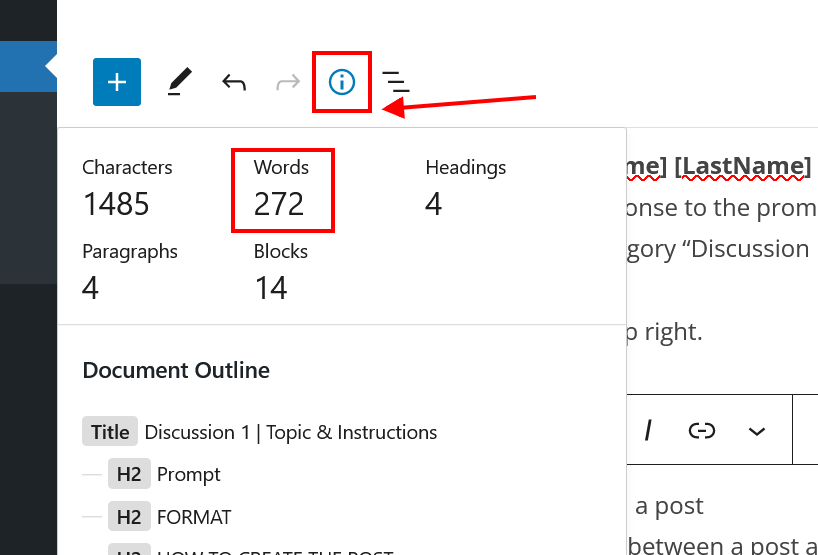The definition of feminism that Bell hooks presents in Feminist Politics Where We Stand is primarily concerned with sexism, “a movement to end sexism, sexist exploitation, and oppression.” She is calling people to look at the root cause of sexual inequality, instead of the symptoms. This means we start to break down the separation of what it means to be either gender, and stop using people for traits that are based on this gender and/or forcing anyone to only live in the limited roles of these. If we didn’t see women or men differently, we wouldn’t be able to force either into a role. Oppression comes from holding someone back, not allowing them the full range of their potential, and if a person is forced to fit inside the role assigned to them, this is oppression. A woman would have to stay home, not have ambition towards a career, if she had desires outside what was outlined for the female role, she would need to hide them and deny herself of being authentic. Sexual exploitation comes from using people for the roles that have been assigned to them, often outside of their consent even being considered. Example, making a women do all the housework, not have a career, being a sex symbol, have her body used in ways that she might not want them used, having more or less children than she might want to have, getting paid less if she is able to work, and being used for jobs that pay a low wage.
A society was built off these sex and gender roles, and everyone was expected to follow and fit into something that was not true and therefore not healthy. Hooks is saying that liberation needs to start from there, from breaking down the roles. This is a sound strategy, as it keeps the focus on the people as one, instead of seeing it as one against the other. Which, in turn, would continue to the same amount of inequality, a vicious cycle. As a result, it seems that as long as things are started from a place of inequality, somewhere someone will be exploited, as the system is still unequal. Which is exactly what happened when women took the bargain of reformist feminism. This was a reaction to what was probably handed to them as an alternative, women wanting what men had. This is a definition of feminism that is still so present in modern day politics and feminist conversation, wanting to be equal with men in a tit for tat kind of exchange. As Bell Hooks explains, this results in the exploitation of other women to pick up the slack, remaining in a class structure, with a still very unresolved issue of sexism.
I agree with Bell Hooks definition of feminism and I believe that problems need to be addressed at the root of the issue. I did always think that feminism was about women being equal with men, and with that I saw a lot of anger towards men, which I never related to. I didn’t see how that could be a solution, especially since most men might not even want what they have if they had a chance to really live a true life outside of the roles they have been forced into.
Which brings me to the second reading of the week, Sex and Gender 101. I knew that gender was a social construct, but this reading really helped clarify what seemed like a lot of vagueness and word of mouth. Specifically about what the difference between what is biological, what is assigned, what is gender identity, and even that sexual orientation is it’s very own category that can be entirely separate form each of those. Through identifying the science of our biology and spelling out the ways in which it affects a person (primary and secondary traits) I am able to see how all of these categories are truly fluid. One does not necessarily have to have an affect on or relate to another. That is something I felt to be true, but had never heard it explained so clearly, with information to back it up.
I found both of these readings very informative as well as enlightening.

